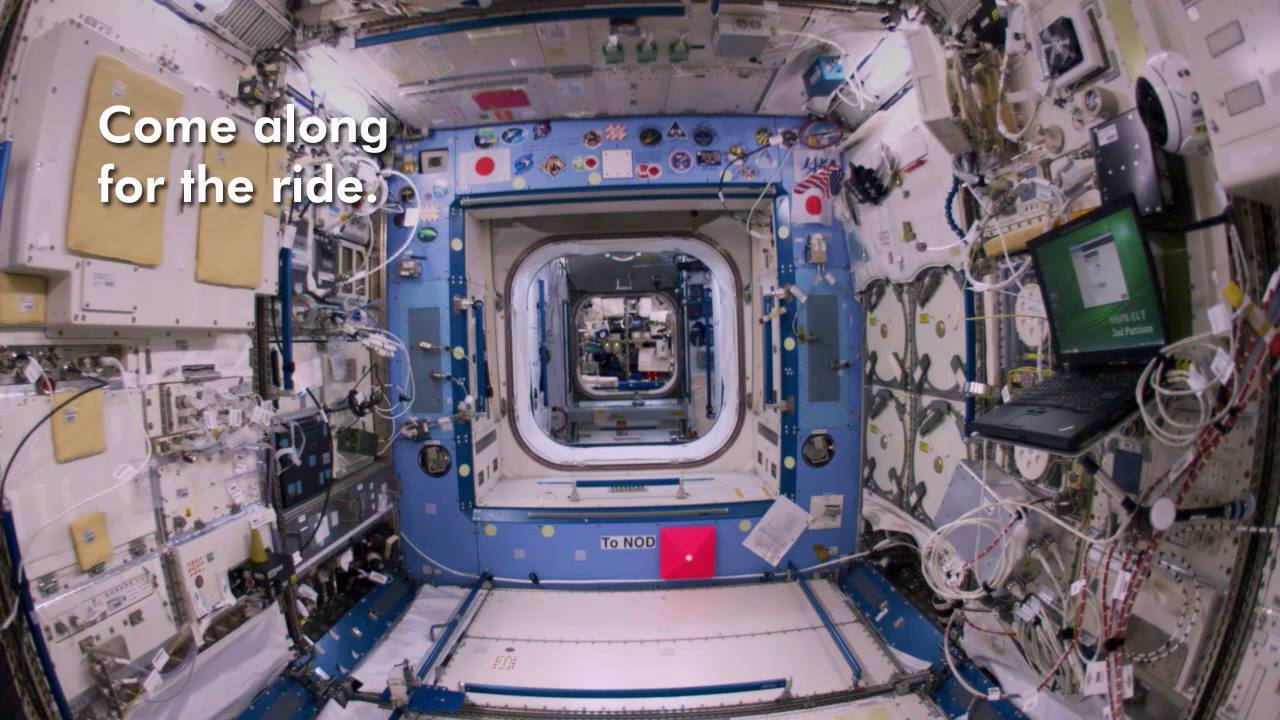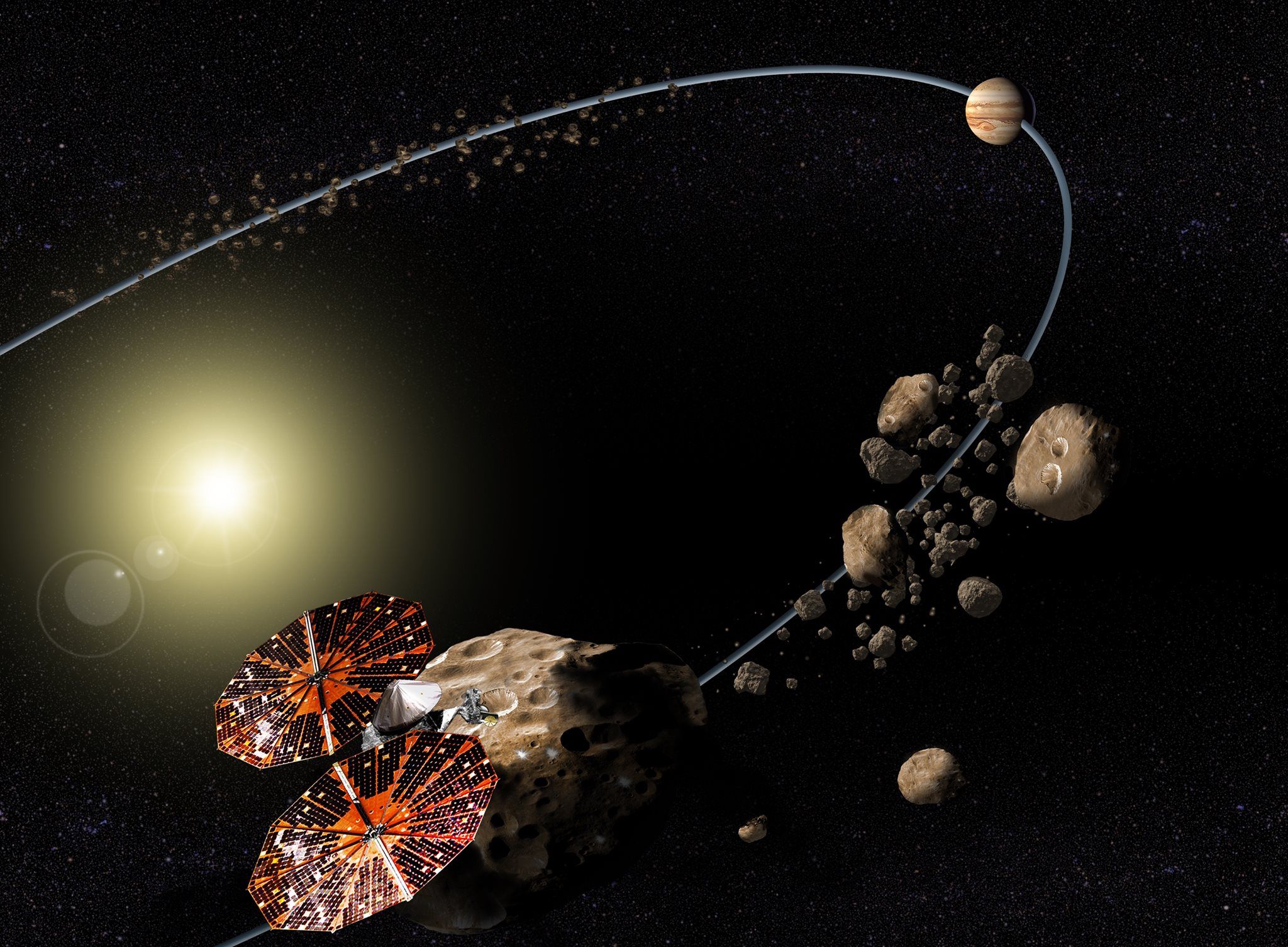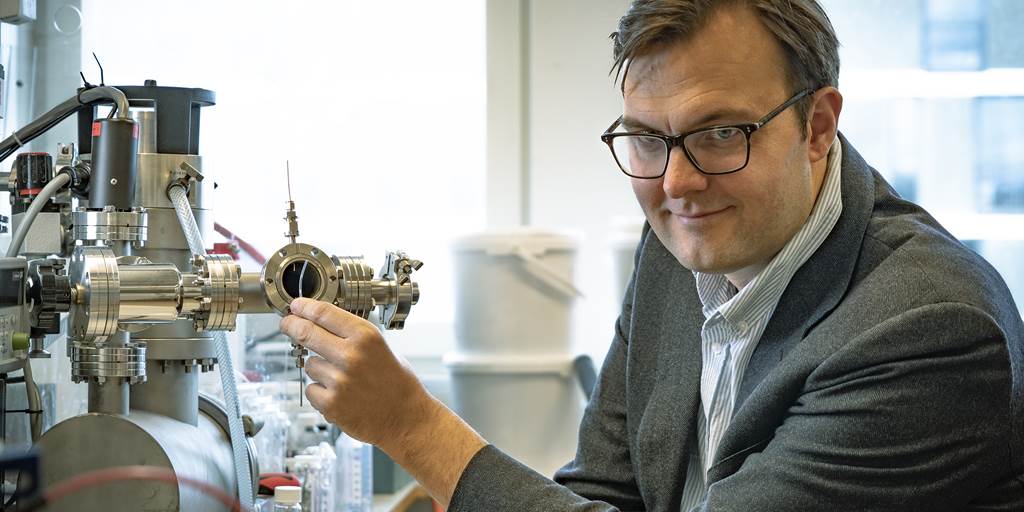Nov 4, 2018
FDA approves painkiller 1,000 times more powerful than morphine
Posted by Genevieve Klien in category: biotech/medical
TRENTON, N.J. (AP) — U.S. regulators on Friday approved a fast-acting, super-potent opioid tablet that is 10 times more powerful than Fentanyl and 1,000 times more potent than morphine.
The drug called Dsuvia was developed as an alternative to IV painkillers used in hospitals.
The decision by the Food and Drug Administration came over objections from critics who fear the pill will be abused. In a lengthy statement, FDA Commissioner Scott Gottlieb said there will be “very tight restrictions” placed on its distribution and it is intended only for supervised settings like hospitals.
Continue reading “FDA approves painkiller 1,000 times more powerful than morphine” »


















